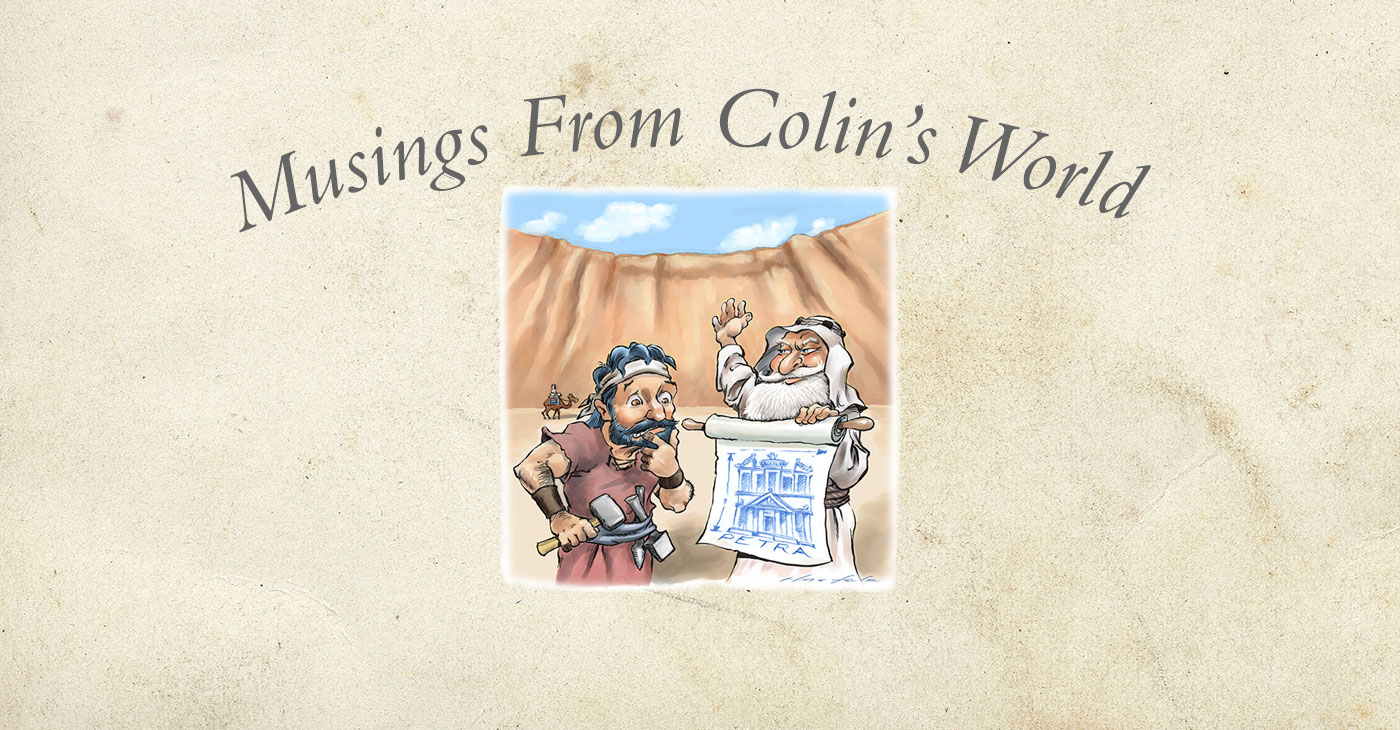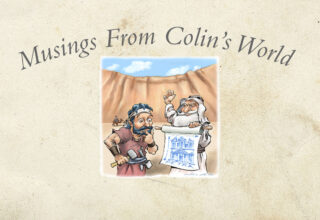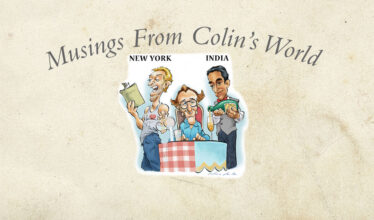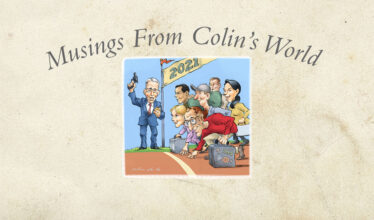People get ready for the train to Jordan
Picking up passengers from coast to coast
– Curtis Mayfield “People Get Ready”
Jordan is an enchanted land, with layers upon layers of magic and mystery. I remember Jordan as a swirl of rich impressions that blew away my expectations.
Practically all I knew of the word “Jordan” when I was growing up was from African American spirituals. In those inspirational songs of an enslaved people, the word “Jordan” referred to a place of redemption, of comfort.
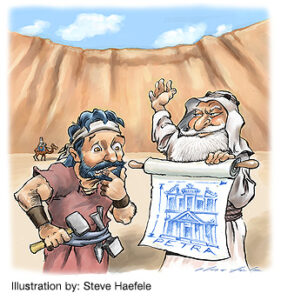 The River Jordan is chilly and cold, alleluia,
The River Jordan is chilly and cold, alleluia,
Chills the body but not the soul, alleluia…
The river is deep and the river is wide, alleluia
Milk and honey on the other side, alleluia…
– Pete Seeger, “Michael, Row the Boat Ashore”
In those songs, Jordan was elevated beyond the physical world to a place in the spiritual dimension. That no doubt grew out of the fact that Jordan is a large part of The Holy Land, where most of the Biblical stories took place.
It’s fascinating to move through a geographical space that is almost a map of the Bible. The words you see on road signs ring ancient chords of memory, of stories you didn’t even realize you knew.
That alone would be enough to hold one’s fascination on a trip to Jordan. But it is only one layer of the experience. Jordan’s story stretches far beyond Biblical times, both forward and backward.
From the Stone Age
By Biblical times, people had already been living there for thousands of years, as early as the Paleolithic period or the Old Stone Age.
Nomadic tribes settled there in the Bronze Age and formed kingdoms in the Iron Age. During the Classical period it fell under the influence of Greece and Rome. In the early Christian era it was the birthplace of Islam. It was the land of the Crusades. In the 20th century it was the setting for the adventures of Lawrence of Arabia. All of these influences are built into the deep strata of Jordanian culture that you experience when you travel there today.
Modern Jordan
Jordan as we know it now dates back to only 1946 when the United Nations approved a British request to end its dominion over the area east of the Jordan River in Palestine. It had been part of the Ottoman Empire that was broken up at the end of World War I and put under the control of Britain by the League of Nations.
In 1921, Britain gave semi-autonomous power to King Abdullah I of the Hashemites, an Arab family that draws its ancestry to the prophet Mohammed, and before him to Abraham. When the British relinquished control in 1946, the Jordanian Parliament proclaimed King Abdullah the ruler of the Hashemite Kingdom of Jordan.
Today’s Jordan is, like Britain or Denmark, a constitutional monarchy headed by King Abdullah II, the great grandson of the first king. He is a modern statesman; he his wife, Queen Rania, (who was educated in America), present an attractive, progressive image of the country.
Sometimes referred to as the “Switzerland of the Middle East,” Jordan has maintained peaceful relations with all of its neighboring countries, which makes it an attractive entry point for the region.
Though I knew little about Jordan, I was fortunate to get on an itinerary that was well designed to show a cross section of the depth and breadth of Jordan.
The Lost City of Petra
The centerpiece of any trip to Jordan is Petra. It’s a UNESCO World Heritage Site and one of the New Seven Wonders of the World. And since Jordan is only the size of Indiana, it’s close to all of Jordan’s best attractions.
Petra is one of those things you have to see for yourself. I found its mere existence to be practically incomprehensible. It’s a city hidden within narrow passageways between giant rock formations that jut out of the desert floor. On some of the cliffsides, replicas of Graeco-Roman temples are carved into the stone.
They look like perfect classical temples with giant columns, capitals and cornices such as you see on the Parthenon in Athens. They were not built up from the ground, but rather carved into rock. It seems impossible. And yet there it is.
Petra was built by the nomadic Nabatean people around the 4th century as a stop along ancient trade routes. It alone is worth a trip to Jordan. But there is so much more to see.
Bethany Beyond the Jordan is the site along the Jordan River recognized by the Catholic Church as the place where John the Baptist baptized Jesus. As the place where Jesus began his ministry, it’s recognized by religious pilgrims as one of the three most holy sites in the world. It’s also where Elijah encountered a chariot of fire and rode into heaven. It’s within sight of Jericho, where Joshua “fit the battle… and the walls came tumbling down.”
Knowing all these layers of history gave the experience a strange resonance. But physically the land looked desolate, and it was a cloudy day. As we walked along a dirt path toward the church there, we saw a break in the clouds over Jerusalem and Jericho. The sun burst through in solid beams creating a spectacular display. It was the first time we’d seen the sun all day.
As we approached the golden dome rain began to fall – and the brightest rainbow I had ever seen appeared against the backdrop of dark blue, menacing clouds. There was a second rainbow behind the first, like a shadow. Someone said, “It’s a sign,” and we all fell silent. It felt like our own little divine revelation.
We visited Mount Nebo, where Moses saw The Promised Land, though he died on the mountain and never got there himself. From the peak we could see a vast panorama of the Jordan River Valley, the Dead Sea, Jericho and Jerusalem.
Jerash is one of the best preserved Roman provincial towns. It was buried in sand for hundreds of years before it was unearthed in the 20th century. Now you can walk the streets of a model Roman city, with well-preserved artifacts, such as Hadrian’s Arch, the Hippodrome and a colonnaded Street.
Amman is Jordan’s capital city, but it too was once a Roman city called Philadelphia, or the City of Brotherly Love. Besides a number of notable Roman ruins, Amman has much more, including the King Abdullah Mosque and the National Archeology Museum, which houses some of the Dead Sea Scrolls.
Wadi Rum, is the desert where some of Lawrence of Arabia was filmed. I spent the night under the stars in a perfectly clear sky, enjoying an evening of food, drink, music and festivities with our Bedouin hosts. It was a unique, unforgettable pleasure
The Dead Sea is said to be the lowest point on earth, 1,300 feet below sea level. The extremely salty water laced with bromides is known to have healthy effects. Dead Sea mud is a cosmetic product sold around the world. In the water you float like a cork.
Aqaba is a port city on The Red Sea where you can actually see Israel, Egypt and Saudi Arabia across the bluest sea I have ever seen. We took an exhilarating sailboat ride there.
And we must mention the Great Outdoors, which preceded all human habitation and is eternally beautiful. Especially memorable to me are the thermal springs that are like saunas in the desert. But there’s only so much room, so I’ll leave you with that.
Your humble reporter,
Colin Treadwell
